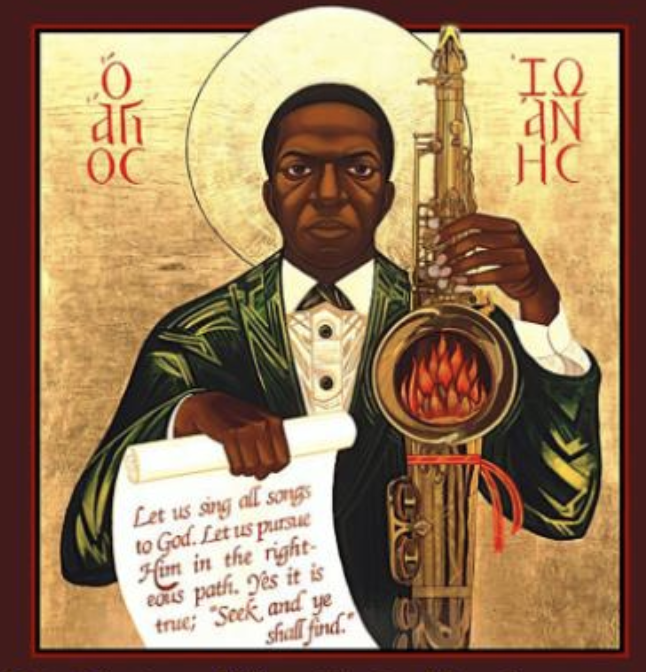
30 Jun Pat’s Top 40 Before 40:
4. The Shaggs – Philosophy of the World (1969)
In my UVic Jazz Theory class, we discussed The Shaggs and what it means to be an original. It was a thrilling class and I really enjoyed hearing so many insightful and differing opinions expressed with such passion. Love or loathe them, The Shaggs challenge ideas around intent and execution in popular music.
This list I am creating is not officially ranked in order of preference, nevertheless this particular record tugs at my heart way, way more that most. It could even be #1.5. I can’t listen to it while driving. Too intoxicating. The tapestry of rhythm is too engaging. Also, like Song X there is an addictive quality to this for me. I can’t just listen to Foot Foot. In fact, that’s maybe my least favourite cut. One taste entices me to the next.
This is a tune by tune précis of the record.
This article beautifully details the history of The Shaggs.
Follow that reading with The Shaggs speaking to the BBC in their own words. It starts a few minutes in and is quite fascinating to hear them discuss what they do, the strictness of their father, and their thoughts on Fremont. Note what he says at 9:16. Truly amazing and reminiscent of what Bernstein says in the Harvard Lectures. If you listen to just one thing, make it this.
Did The Shaggs Know What They Were Doing?
Brittany Anjou on Transcribing The Shaggs
https://www.youtube.com/watch?v=R4hsnecqnh4
Words resist utility in describing this music.
5. John Coltrane – A Love Supreme (1964)
The linking of Coltrane’s written words with his playing is a strategy I wish more people attempted. I suppose in a secular way MonoNeon has carried on this tradition. Like many people, this was a record that unlocked many new and dangerous ideas about music in that it purposefully had a message beyond music itself. Negotiating ideas about meaning in music, where it means anything or nothing, began with this record for me. I remember listening intently to McCoy’s playing with Duane Andrews on a drive to Alma, New Brunswick to play with Isaac and Blewett. I suppose like Kind of Blue, this record is a soundtrack for all moments in all times.
The first of a few obvious choices on this list. That doesn’t make this any less special. A high school gave me this record for Christmas in December 1995. I gave her Bjork’s Post. There’s probably some hidden meaning in there that’s too late to decipher.
6. Bix Beiderbecke – At the Jazz Band Ball (1927)
When I was just starting out on the trumpet, my dad said “there’s a documentary about Bix Beiderbecke on PBS.” So I watched. That I could get so close to the beginnings of jazz music at the beginning of my time on the horn would prove to be really integral. Especially here in Victoria BC, where the traditional jazz scene is fertile, I play well with others.
Honestly, it was his kooky name that I dug first. “Bix.” I recall hanging in the ML 410 section of the QEII library smelling the musty pages as I found the Sudhalter book. Odd reading material for Grade 8. The clarity of Bix’s tone and ideas resulted from a life of confusion and, I suspect, depression. Imagine sending all your records home to your folks to find them unopened. Imagine being so passionate for something that people close to you said was worthless, and yet that was how you had to make a living. Imagine what that unrecorded session between Louis and Bix sounded like.
Through Bix I came to Eddie Lang and Joe Venuti, who just barely will not make this list but I offer this as an honorable mention of sorts. Ditto with Adrian Rollini, whose model of being unbound by genre or instrument is something I’ve tried to emulate.
7. Extreme – III Sides to Every Story
As we buy more things online, recall that expertise is still valued. Being in a music store or record store is where people engage with each other about music. Many Saturday afternoons I would hang at Hutton’s Music Store waiting for dad to pick me up. I would peruse the magazines and tab books. He had a Joe Pass Epiphone. I remember asking to play it like asking a girl out: very nervously and expecting a ‘no.’ Once I had a Hutton’s gift certificate and I bought a Bb copy of Charlie Parker’s Omnibook. I still have it, all scraped up and it is in constant use.
I started trumpet in Grade 7 but came to guitar in Grade 8. This was the era of MTV Unplugged, Pearl Jam (who I hated, still do), Nirvana (who I hated, now love) and tab books. People were learning “More That Words” – or at least they were learning the first three chords. I was drawn the classical virtuosity of Nuno. The riffs were catchy and just barely possible. If you look in the tab book for III Sides, the live shots of the band were taken in Newfoundland on Canada Day 1992. This was the Canada Day where Spinal Tap traveled the entire country performing. A simpler time.
Found Footage: Spinal Tap Live at Quidi Vidi Lake in St. John’s (1992)
Why do I love this record so much? The wall of guitar, the pinched harmonics, the chord progressions, the lyrics, especially the rapping. Because liking Extreme seemed so particularly “extreme”, I fell forward into even more. Of all the guitar pigs of the day, Nuno remains the most melodically and rhythmically invented. These aren’t licks, they are coherent ideas from a daring improviser. Listening back, I actually feel very little difference. I STILL love this. Note the Barry Canning chord at the very end.
8. DJ Olive – Sleep (2006 and 2016)
The Banff Jazz Workshop features prominently in this list, including artists and participants I met there as well as the listening libraries I’ve had access too. In 2006, DJ Olive was a workshop leader. I was taken by his concept of “sleeping pills” – music purposefully designed for sleep. He made this music for friends in NYC post 9/11 when sleep and peace were especially prized commodities. This release was the beginning of a long exploration by Olive into the idea of “neutral field music as medicine.” I’ve had this music on CDR for ages and I’m pleased to see it released to the masses. This is beatless music that grooves in a way that, for me anyway, I gain a lot of clarity and peace of mind. Interesting that I choose this music and Yellow Fields for many of the same reasons.
9. John Hiatt – Bring The Family (1987)
A hallmark of truly great records is when amazing and unsung musicians highlight it as a must have. Every great musician in your hometown loves this record.
When people ask “who would you want in your dream band?” I often reference everyone on this record. I wish my trumpet sounded like John Hiatt’s voice with Sinatra’s time and Ornette’s ideas. I came to Jim Keltner through Bill Frisell, not realizing that he is every real drummers favourite drummer. Nick Lowe will return on this list later. It is amazing to think that Lowe took no money for playing on this album.
And then there’s Ry Cooder, the world’s most interesting applied ethnomusicologist. He is a model for open musicianship, completely unbound by anyone’s ideas of what “should” be in music.
Put titans like that in a room with incredible songs like Lipstick Sunset, Alone in the Dark, Memphis in the Meantime (possibly the best use of cord-a-phone in a song ever) and you cannot possibly go wrong. Try listening to Alone in the Dark alone and in the dark. Listen to Tip of My Tongue and tell yourself you’ve never done anything as bad as the character in the song. Weirdly, Have A Little Faith in Me was never released as a single and yet it’s likely his most famous song.
I saw John Hiatt in Vancouver a few years ago. I’m not prone to dancing at the front of the stage, but I was a teenage girl at this show. Evidently prayer doesn’t work because I was not asked to join him onstage, Courtney Cox style, and sing backup on Thing Called Love. Hiatt has too much integrity for that.
10. Eric Dolphy – Last Date (1964)
When you hear music, after it’s over, it’s gone, in the air, you can never capture it again. Eric Dolphy
This wasn’t his last recording, despite the name. But he did pass away from diabetic shock a month after it was recorded. My cassette copy was bought at Sam’s at the Village Mall for less than $5. Interesting that a lot of music on this list I first encountered on cassette. Cassettes forced the listener to deal with the whole album. Yes, you could fast forward, but by and large you’re better off to just wait through the moment you’re not that into. There is a massive lesson in there.
Dolphy died 58 years ago yesterday. An undiagnosed diabetic, the racist treatment he received at the end of his life, the assumption that he was a drug addict because he was a jazz musician – there’s a lot to be sorry about. This was a generational talent gone way too soon.
I recall driving around with Curtis and Duane digging this one. There was some tape swap of Herbie Hancock for this one. There was just an intensity and confidence to his playing. Comparing my early memories of Dolphy and Ornette, I was originally drawn to Dolphy because I thought, in my ignorant youth, that he knew what he was doing. It was borderline obscene. Later, I discovered his tenderness. Entirely cheating, I’m including another cut here from Iron Man. Tell me Richard Davis isn’t the greatest. I dare you.






